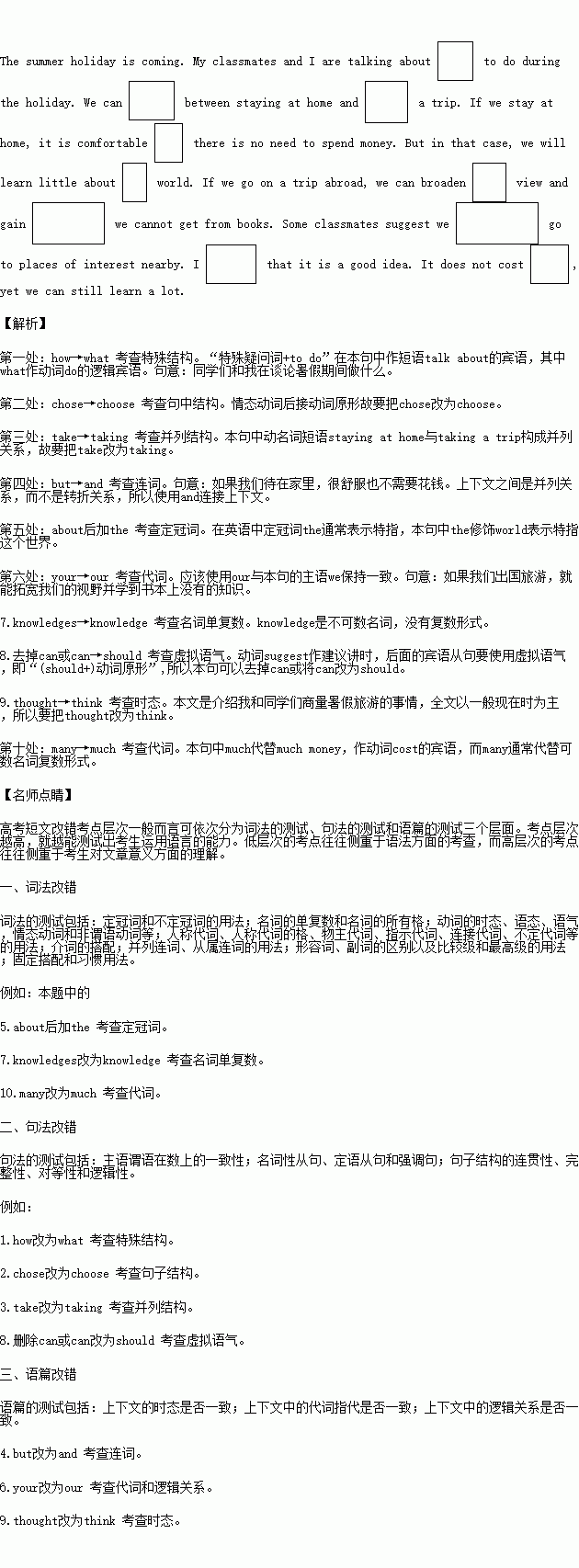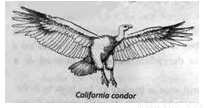题目内容
短文改错
假定英语课上老师要求同桌之间交换修改作文,请你修改你同桌写的以下作文。文中共有10处语言错误,每句中最多有两处。每处错误仅涉及一个单词的增加、删除或修改。
增加:在缺词处加一个漏字符号(∧),并在其下面写出该加的词。
删除:把多余的词用斜线(﹨)划掉。
删除:在错的词下画一横线,并在该词下面写出修改后的词。
注意:1.每处错误及其修改均仅限一词;
2.只允许修改10处,多者(从第11处起)不计分。
The summer holiday is coming. My classmates and I are talking about how to do during the holiday. We can chose between staying at home and take a trip. If we stay at home, it is comfortable but there is no need to spend money. But in that case, we will learn little about world. If we go on a trip abroad, we can broaden your view and gain knowledges we cannot get from books. Some classmates suggest we can go to places of interest nearby. I thought that it is a good idea. It does not cost many, yet we can still learn a lot.
练习册系列答案
 阅读快车系列答案
阅读快车系列答案
相关题目


